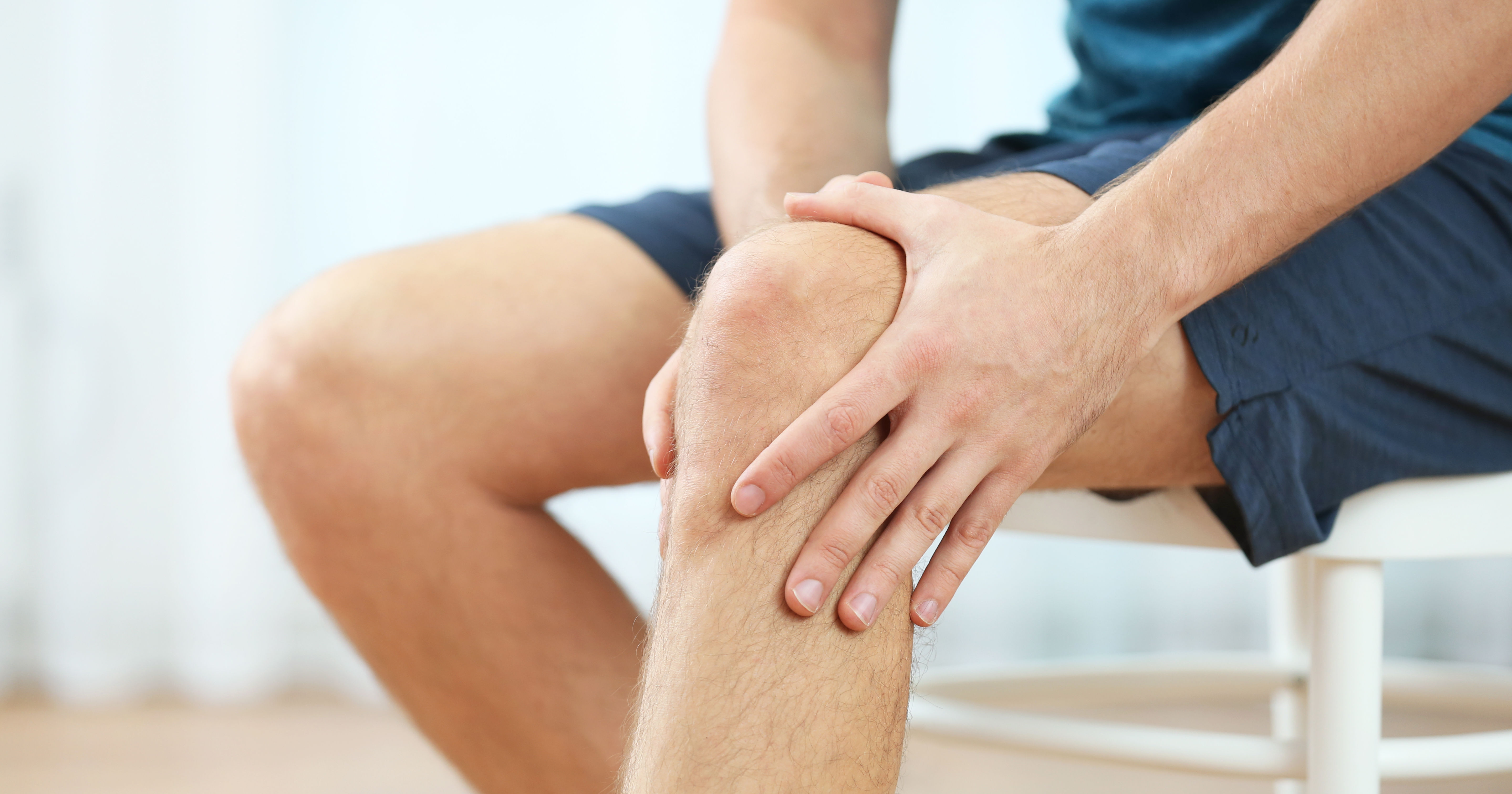Joint pain is not just for the elderly anymore. In fact, arthritis is on the rise in young adults between the ages of 30 and 50. Many factors, including weight and genetics, contribute to this problem. Thankfully, treatment options are available to ease joint pain.
Osteoarthritis develops when the joint is damaged during every day activities. Rheumatoid arthritis, on the other hand, is an autoimmune disorder. Both of these disease cause joint pain and deterioration. The treatment depends on the type of arthritis and the amount of damage that has occurred.
For rheumatoid arthritis, the earlier treatment begins, the more effective it will be. Treatment options, including medications, diet and lifestyle changes, are numerous. Coping skills are also useful in managing this illness.
Osteoarthritis is more complicated. Treatment options include lifestyle changes, medication and surgery. The most successful patients use a combination of these.
Lifestyle changes are the first course of treatment for joint pain. Overweight patients need to get their Body Mass Index (BMI) down to a healthy number. Choosing lower impact exercises, such as water-based exercises, also prevent further damage to the joints. Exercises that strengthen the quadraceps are also extremely important with knee or ankle pain. Physical therapy is also helpful.
Persons with arthritis should always wear proper shoes. Flip flops and sandals should be avoided. Athletic shoes, purchased at a store that specializes in people with arch or gait problems, often help alleviate pain. Specialized wedges can also be helpful.
For knee problems, a brace is often prescribed. The brace is fitted specifically for the individual and worn during waking hours for maximum benefit. It can often allow surgery to be delayed for several years.
Pain medications offer only short-term benefits. Nonsteroidal Anti-Inflammatory such as ibuprofen or aleve can be given. Tylenol is considered a safer pain medication for older people and those with other risk factors. Narcotic pain medications should be viewed as a last resort. Herbal supplements can also be helpful.
Surgery is an increasingly common treatment for joint pain. Knee replacement surgery has increased dramatically in recent years. Unfortunately, it is not effective for up to 30 percent of patients. Surgical procedures should be considered only as a last resort.
Thankfully, for most patients, surgery is not immediately necessary. Following these guidelines often provides significant relief even in cases of severe osteoarthritis. Delaying joint replacement allows the patient to undergo fewer surgeries and leads to the possibility of more durable equipment and less invasive procedures.



